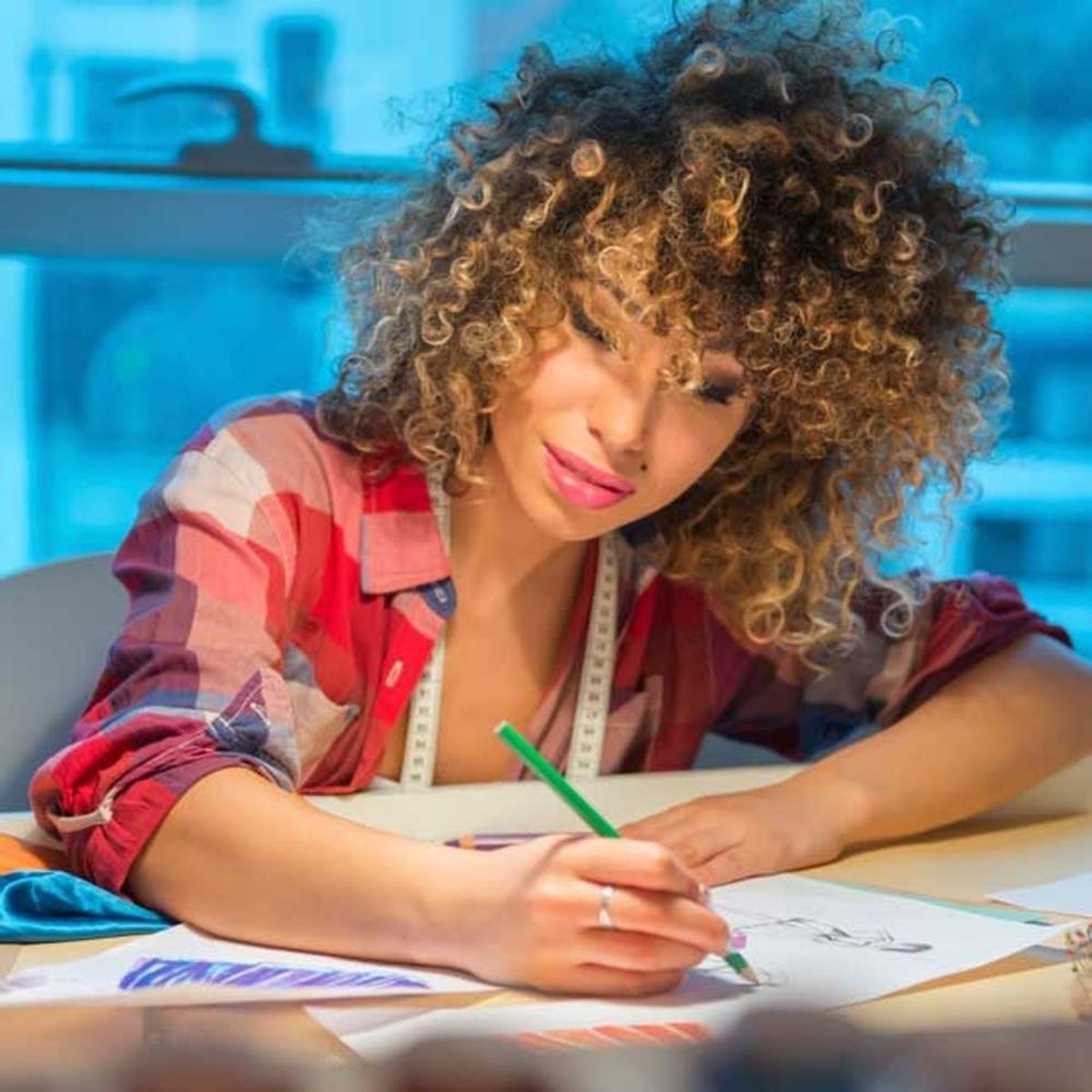The solution to our most difficult problems can be as simple as picking up a pencil.
How Doodling Could Help You Solve Your Biggest Problems

Miscommunications are the worst. Whether you’re decorating with a roommate or planning a getaway with your girls, being on the same page, even with someone you’re close with, is tough. But putting an end to confusion can be as simple as picking up a pen and drawing a picture.

Dan Roam, the author of The Back of the Napkin, uses what he calls “visual thinking” to explain complex issues. During his strategy meeting with corporate groups, he noticed it was difficult for the team to understand one another. He was able to communicate the same concepts more effectively by illustrating his ideas with simple pictures, like a game of Pictionary. “Adding a visual opens things up to us,” Roam says.
Now he shares his problem-solving strategies with companies like Microsoft, Wal-Mart and the US Navy.
More than half of our brain is designed to process images, so when drawing is used in tandem with good ol’ talking things out, the fully engaged brain can come up with better solutions and connect with the material on a higher level.

So in the age of creativity hacks and adult coloring books, why not try doodling to wrap your head around a problem? “Drawing it out forces the vision to become a lot clearer,” Roam says. He’s used the concept on everything from keeping characters straight in new books to talking through budgeting objectives with his accountant. And when you’ve finished visualizing your goal, you have the picture as a very tangible reminder of your ambitions. Hang it high and proud!
Master the art of visual thinking at Roam’s online course Napkin Academy, and scroll on for Roam’s three tips for doodling with purpose.
How to Doodle With Purpose

1. You don’t have to be an artist. Draw what’s on your mind, not what you think it should look like. Conveying the thought is more important than creative ability.
2. Keep it simple. Roam recommends starting with circles and giving each one a name or label. Then draw arrows to explain how they relate to one another. It’s okay to have one picture representing one idea.
3. Don’t edit yourself. It’s important to get the whole thought out. Even if you make a mistake along the way, all the pictures will connect eventually.
What problems will you solve with doodling? Let us know in the comments and share your photos with us on Instagram using #iamcreative.
(Photo via Getty)



















